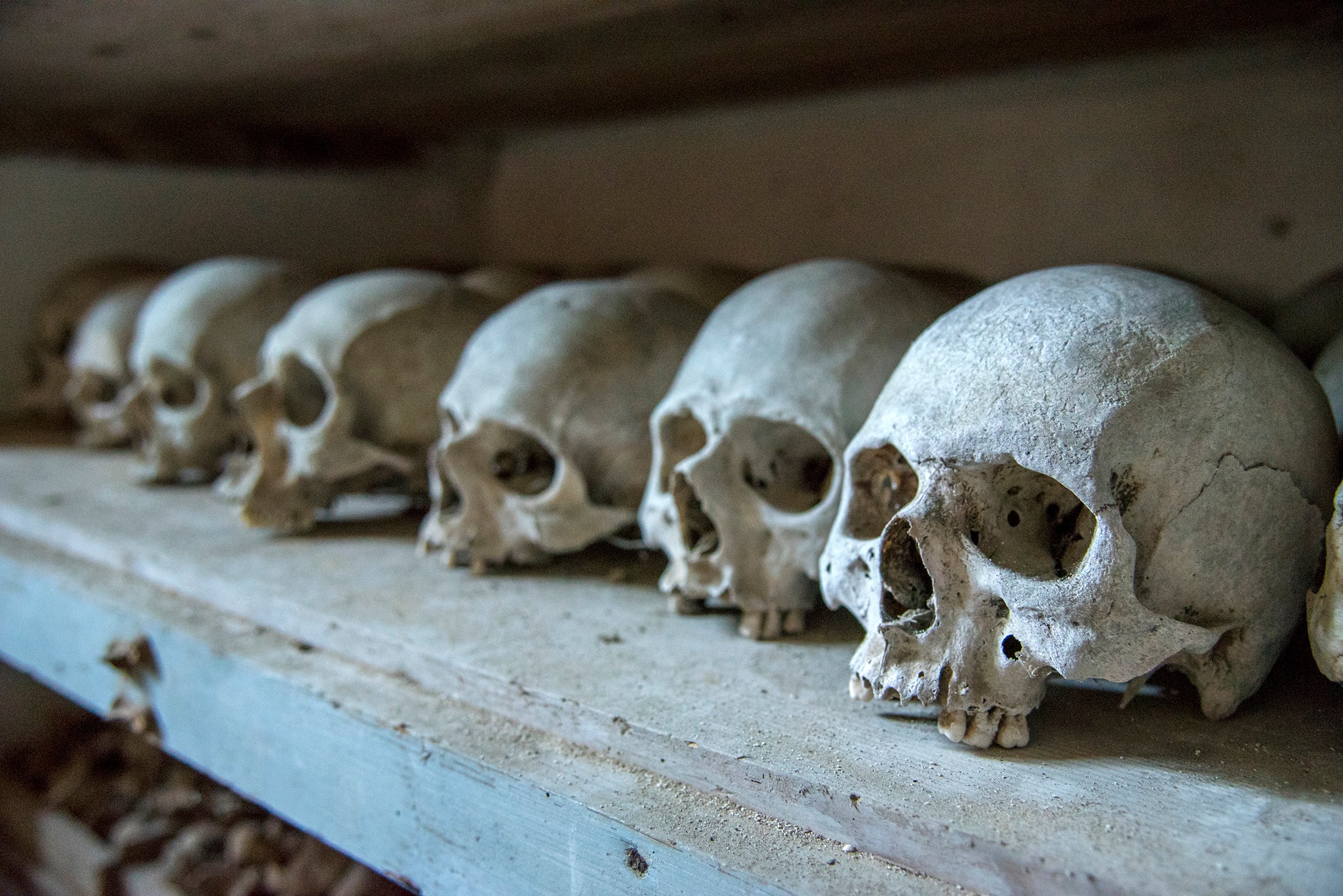A fossilised human skull unearthed in China and dated to around one million years ago may radically change what we know about the origins of our species.
Researchers say the analysis suggests Homo sapiens may have emerged at least half a million years earlier than previously thought.
The skull, known as Yunxian 2, was discovered in Hubei Province decades ago, but had long been assumed to belong to Homo erectus – the first large-brained human ancestor.
At a million years old, it was considered too ancient to represent anything close to modern humans. But new computer modelling and genetic analysis tell a different story.

Professor Xijun Ni of Fudan University, who co-led the research, said the findings initially seemed too surprising to be true.
“From the very beginning, when we got the result, we thought it was unbelievable. How could that be so deep into the past?” he told the BBC. “But we tested it again and again to test all the models, use all the methods, and we are now confident about the result, and we’re actually very excited.”
The analysis, published in the journal Science and involving scientists from the Natural History Museum in London, now points to the skull belonging to Homo longi, a sister species to both Neanderthals and modern humans.
That would mean early forms of Homo sapiens were already present a million years ago, not 300,000 years as widely believed.
Professor Chris Stringer of the Natural History Museum, also a co-lead on the study, said the implications were significant. He said there are likely to be million year-old fossils of Homo sapiens somewhere on our planet that we are yet to have found.
If correct, the findings would dramatically lengthen the period during which humans and their cousins shared the planet. Instead of overlapping for a few hundred thousand years, the three species – Homo sapiens, Neanderthals and Homo longi – may have co-existed for up to 800,000 years.
The discovery may also resolve what scientists call the “muddle in the middle”: the confusing array of fossils from between 800,000 and 100,000 years ago that have been difficult to classify.
According to Prof Ni, rethinking the timeline allows many of those remains to be grouped as primitive forms or subgroups of the three major branches of humanity.
“Human evolution is like a tree,” he said. “This tree included several branches, and there were three major branches that are closely related, and they may have some interbreeding to each other, and they coexisted for almost 1 million years. So this is an unbelievable result.”
Not all experts are convinced, however. Dr Aylwyn Scally, an evolutionary geneticist at the University of Cambridge, welcomed the work but warned against overconfidence.
“One has to be particularly tentative about the timing estimates, because those are very difficult to do, regardless of what evidence you’re looking at, be that genetic or fossil evidence,” he told the BBC.
